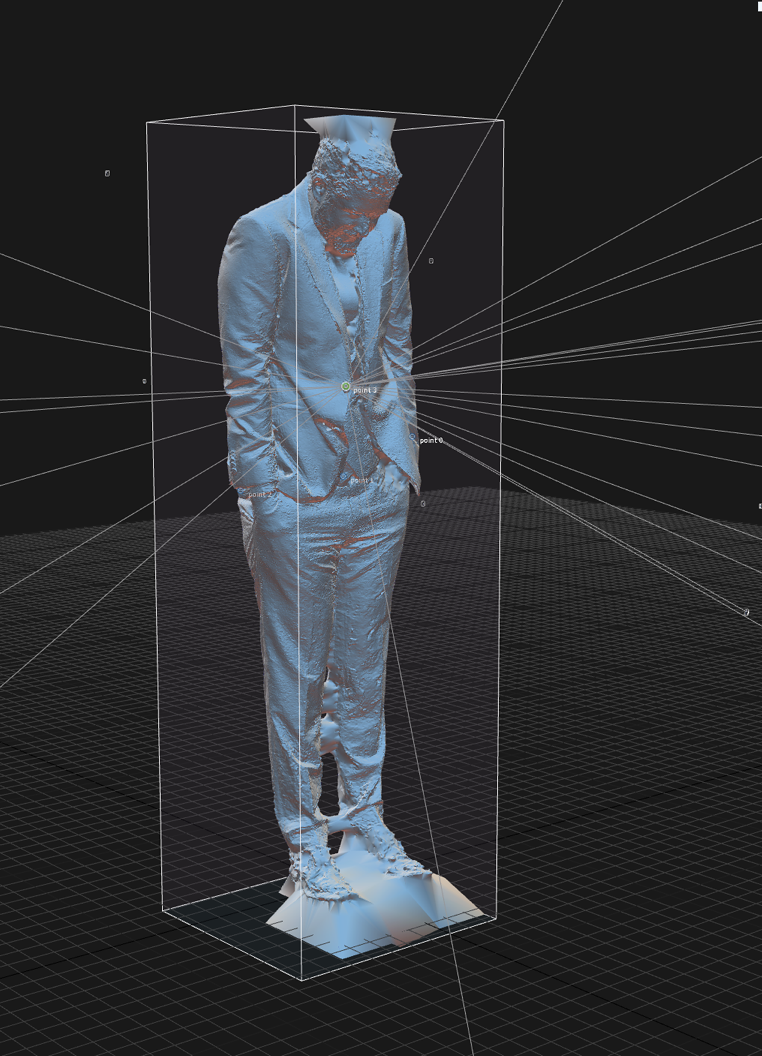March 11, 2019, 7pm
311 East Broadway
New York, NY 10002
USA
Join us for an evening with David Claerbout, discussing the artist’s notion of ‘dark optics’—looking back at the history of the camera, its relation between light, optics, and the belief-system it represented, as well as the current disintegration of this system.
During the age of the lens, we perceived an analogy of our surroundings, automatically. Photography functioned as a checks-and-balances system, at least conceptually, because it was something you would “capture.” You could—theoretically—subcontract the purpose of a picture to a mere accident of having been there. It made the photograph self-justified. That is now gone, and instead we have a reduction in the diversity of the perceived world, a perception through information that is made to measure. This change in register announces itself like an unavoidable technical evolution—as did the transition from analog to digital—but has far-reaching consequences that will make photography a clearly closed historical chapter. One might refer to this evolution as a dark optics, in which images will no longer be a record of something in reality but exist solely as a mental phenomenon.
David Claerbout (b. 1969, Kortrijk, Belgium) is an artist working at the intersection of photography, film, and digital technology. Trained as a painter, Claerbout became more and more interested in time through investigations in the nature of photography and film. His works and immersive installations fuse together the past, present, and future into elastic timelines that engage the viewer with philosophical contemplations on our perception of time and reality, memory and experience, truth and fiction.
Claerbout’s work has been presented widely, including in solo exhibitions at Kunsthaus Bregenz, Austria (2018); Schaulager, Basel and MNAC, Barcelona (2017); Städel Museum, Frankfurt and KINDL, Berlin (2016); Marabouparken Konsthall, Sundbybert, Sweden (2015); Nederlands Fotomuseum, Rotterdam (2014); Kunsthalle Mainz, Germany (2013); Secession, Vienna and Tel Aviv Museum, Israel (2012); SFMOMA, San Francisco and WIELS, Brussels (2011); De Pont Museum of Contemporary Art, Tilburg, The Netherlands (2009) and (2016); Pompidou Center, Paris (2007); The Kunstmuseum, St. Gallen, Switzerland (2008); and Van Abbemuseum, Eindhoven (2005) among other places. He is represented by Sean Kelly Gallery, New York.
For more information, contact program [at] e-flux.com.


